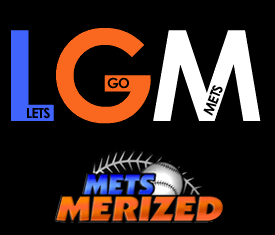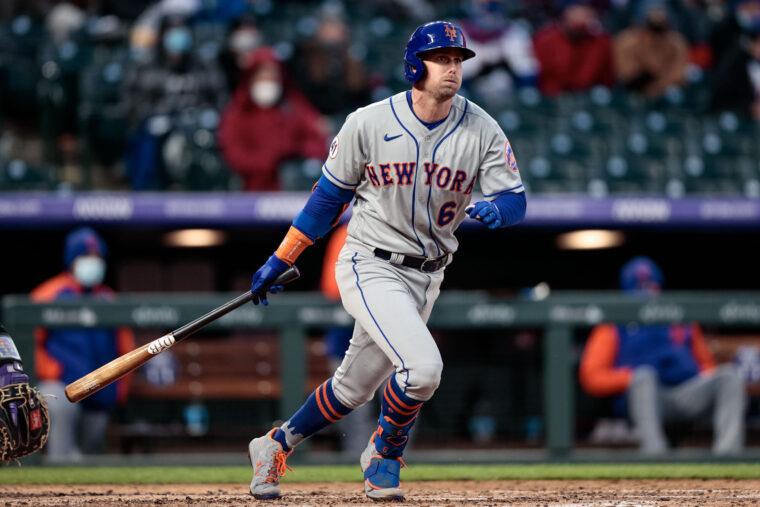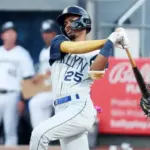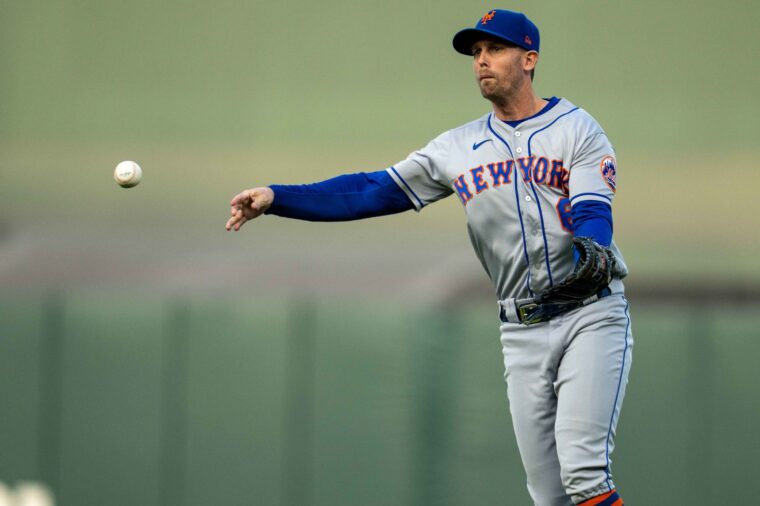
Credit: Neville E. Guard-USA TODAY Sports
You know the drill by now, folks. After detailing the New York Mets’ organizational depth chart at catcher and first base, we continue going around the horn by looking at second base.
Big League Starter
Unlike the first two positions we detailed over the weekend, the second base job could go a number of different ways for the Mets. This depends not only on what manager Buck Showalter wants to do with his lineup but also on what general manager Billy Eppler does once the lockout is finally over. While Jeff McNeil is coming off his worst offensive performance since debuting with New York in 2018, it seems like this is his spot to lose at the moment.
After all, he was originally tabbed as Francisco Lindor‘s double-play partner up at the beginning of the 2021 campaign. And with the Universal Designated Hitter officially becoming a thing, it opens up playing time for other hitters elsewhere — which we’ll get to in a minute.
McNeil does have plenty to prove at the plate in 2022, and he’ll be trying to show that last year was just a blip on the radar. Between 2018 and 2020, he never finished with an OPS below .830 or a wRC+ worse than 130. Those streaks ended in 2021, as he finished his campaign with a disappointing .679 OPS and 93 wRC+.
There are a number of things to keep tabs on when watching McNeil this upcoming season. I detailed three earlier this offseason, with them being his quality of contact, his performance against four-seam fastballs and his home/road splits. Of course, there’s also a chance the Mets use him as part of a trade package to bolster other areas of the roster, as well.
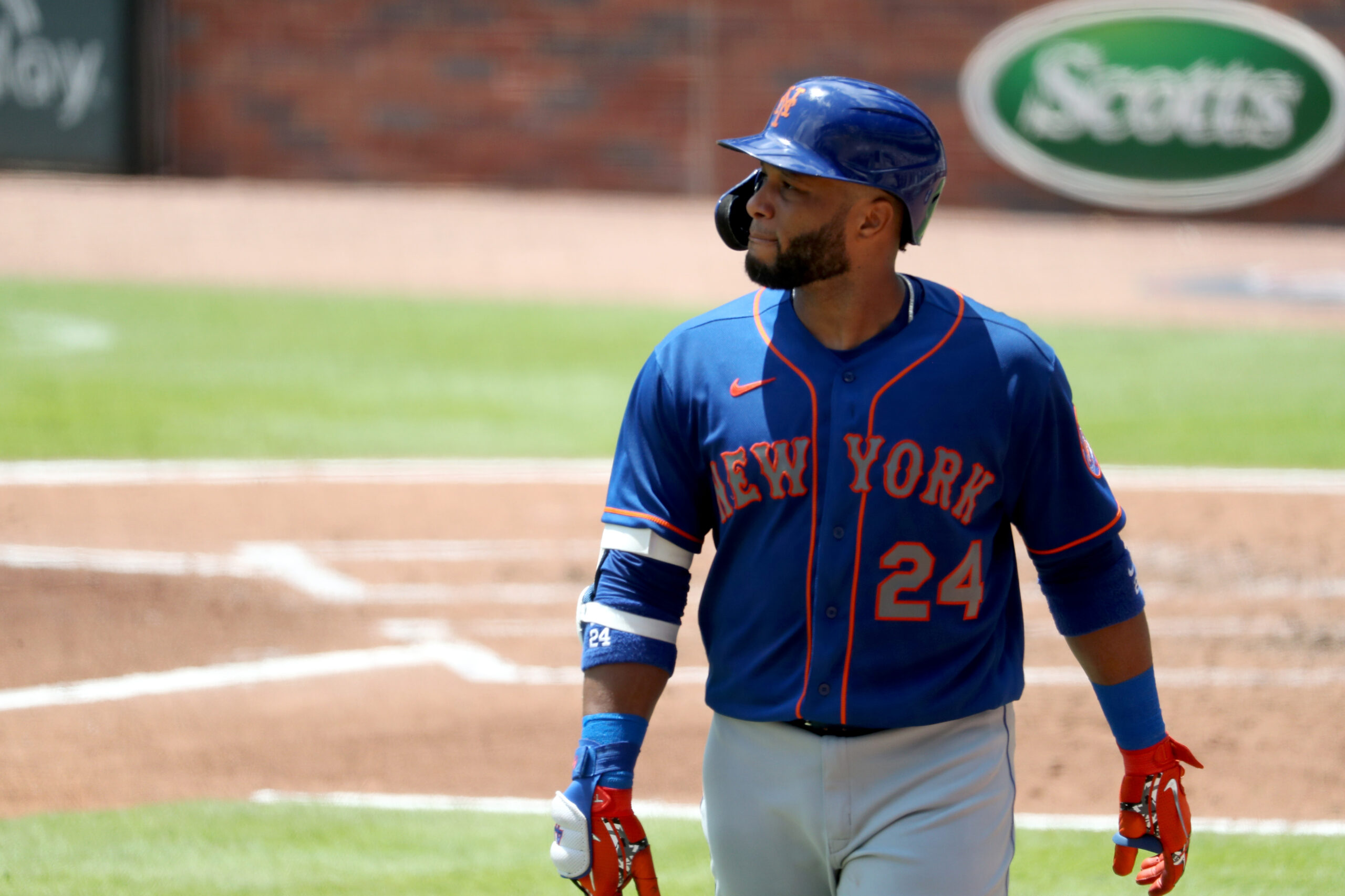
Credit: Jason Getz-USA TODAY Sports
Big League Depth
There are a few dudes on the Mets’ big-league roster that can grab a glove and man the keystone for New York. The first one that comes to mind is Robinson Canó, who comes with plenty of question marks.
Sure, he put together a nice shortened season in 2020 with a .316/.352/.544 line, 10 home runs, and 30 RBI in 182 plate appearances. But then there was yet another suspension related to performance-enhancing drugs, forcing him to miss all of last year. So, he’s returning to the Mets for his age-39 campaign off the heels of collecting just three extra-base hits in 74 winter league plate appearances.
New addition Eduardo Escobar could also play some second base depending on the composition of Showalter’s roster. He’s appeared at the position at least once each season since debuting in 2011, and he’s racked up at least 200 innings in that area of the diamond in two of the last three years.
Last, but most certainly not least, is the Mets’ swiss army knife, also known as Luis Guillorme. The 27-year-old utilityman can play anywhere on the infield and has appeared at second base for at least 100 innings in each of the last two years.
Upper Minors Depth
When it comes to second base depth at the doorstep of the big leagues, Travis Blankenhorn is the first in line. The Mets claimed him off waivers from the Seattle Mariners in June of 2021, and he was inserted into the big leagues just about immediately. He made his team debut on June 2nd in Arizona.
Although his overall stats are nothing to brag about — he slashed .174/.208/.391 with one homer and four RBI in 24 plate appearances — his one dinger was memorable. It came on July 18th against the Pittsburgh Pirates. Remember, this was the game New York allowed six runs in the first inning, only to claw back and eventually win 7-6. Blankenhorn’s tater made it a 6-4 game in the fourth inning of that contest.
Top Prospects
Our own Michael Mayer recently released his top-50 Mets prospects for the 2022 season, and it featured a handful of dudes that can play second base. Blankenhorn made an appearance at number 27, which was also followed by Jose Peroza and Luke Ritter.
Peroza, 21, has been in the Mets organization since he was 17 years old and split 2021 with Class-A St. Lucie and High-A Brooklyn. Down in Florida, he slashed .274/.404/.443 with seven home runs and 43 RBI in 278 plate appearances. Upon getting promoted to the Cyclones, he slashed .218/.293/.384 with five homers and 17 RBI in 150 trips to the plate.
Ritter, 24, was a seventh-round selection by the Mets in the 2019 draft. His two minor-league seasons (2019 and 2021) have both been in Brooklyn, but they’ve been at different levels (Short-season Class-A and High-A). His OPS didn’t change much in nearly an identical number of plate appearances between these two years (.722 to .747). However, his power took a step forward — he went from four homers to 14 homers while watching his slugging percentage jump from .371 to .436.
